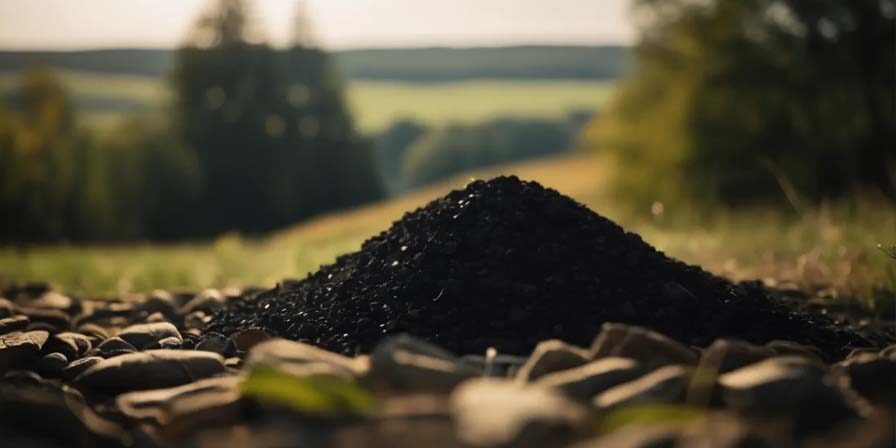Biochar is highly effective in carbon sequestration due to its stable carbon structure and long-term persistence in soil. Here are some key points highlighting its effectiveness:
- Stability and Longevity
- Long-Term Storage: Biochar is a highly stable form of carbon that can remain in the soil for hundreds to thousands of years. This long-term stability makes it an excellent tool for sequestering carbon and reducing atmospheric CO₂ levels[1].
- Resistance to Decomposition: Unlike other organic materials, biochar is resistant to microbial decomposition, which means it retains its carbon content over extended periods[2].
- Carbon Sequestration Potential
- Significant Increase in Soil Carbon: Studies have shown that biochar can significantly enhance soil carbon sequestration. For example, a global meta-analysis found that biochar application increased soil carbon sequestration by an average of 61%[1].
- High-Temperature Biochar: Biochar produced at higher temperatures (above 500°C) tends to have a more stable aromatic structure, which enhances its carbon sequestration potential[2].
- Reduction of Greenhouse Gas Emissions
- Methane and Nitrous Oxide: Biochar can reduce emissions of other potent greenhouse gases like methane (CH₄) and nitrous oxide (N₂O) from soils. This is particularly beneficial in agricultural settings where these gases are commonly produced[2].
- Improved Soil Health: By enhancing soil structure and fertility, biochar promotes healthier plant growth, which can lead to increased biomass production and further carbon sequestration[3].
- Case Studies and Research
- Global Meta-Analysis: A comprehensive review of 75 studies and 250 observations found that biochar application significantly increased soil carbon sequestration, particularly when using biochar produced at lower pyrolysis temperatures and higher application rates[1].
- China’s Agricultural Fields: Research in China has shown that applying biochar to farmlands can increase soil organic carbon content by 1.9 petagrams (Pg) and reduce methane and nitrous oxide emissions by 25 and 20 million tons of CO₂-equivalent per year, respectively[2].
Conclusion
Biochar is a highly effective method for carbon sequestration, offering long-term stability and significant potential for reducing greenhouse gas emissions. Its ability to enhance soil health and promote sustainable agricultural practices further underscores its value in combating climate change.
[1]: Biochar’s effect on the soil carbon cycle: a rapid review and meta-analysis [2]: Benefits and limitations of biochar for climate-smart agriculture: a review and case study from China [3]: Role of Biochar in Carbon Sequestration and Greenhouse Gas Mitigation
References
[1] Biochar’s effect on the soil carbon cycle: a rapid review and meta …
[2] Benefits and limitations of biochar for climate-smart agriculture: a …
[3] Role of Biochar in Carbon Sequestration and Greenhouse Gas Mitigation







